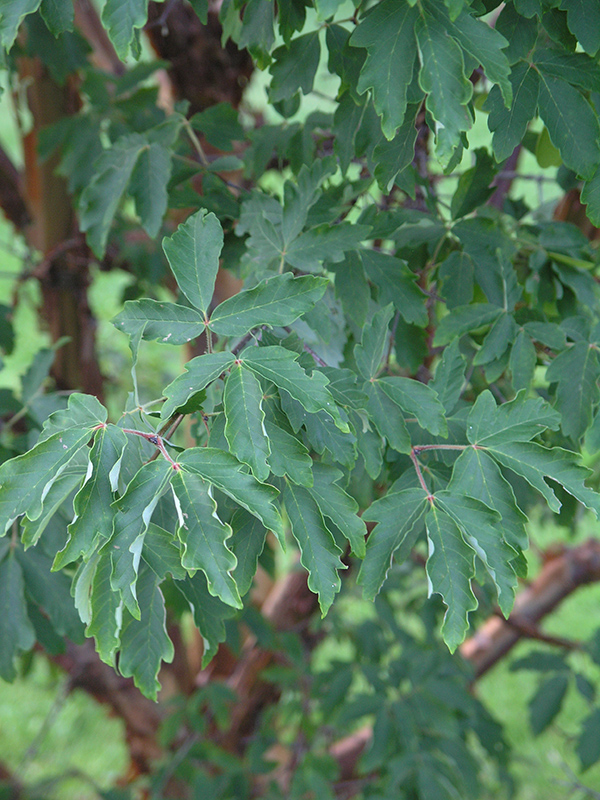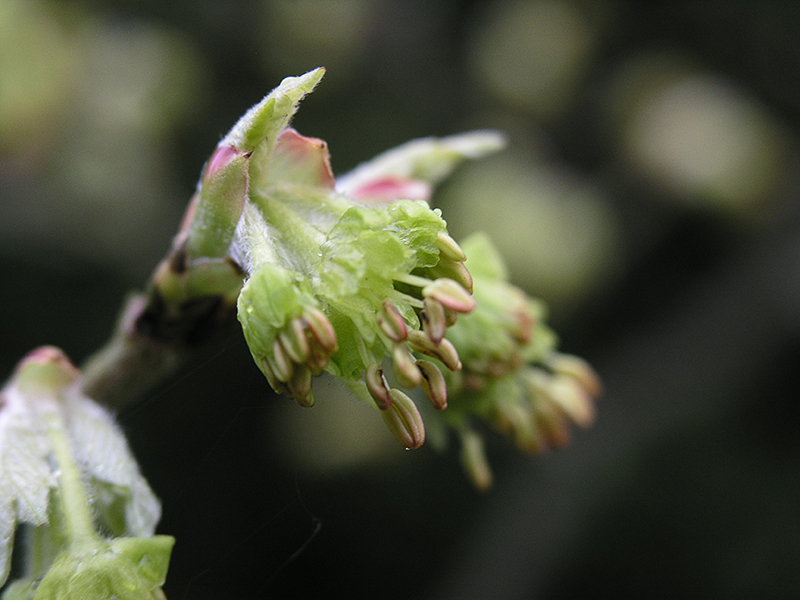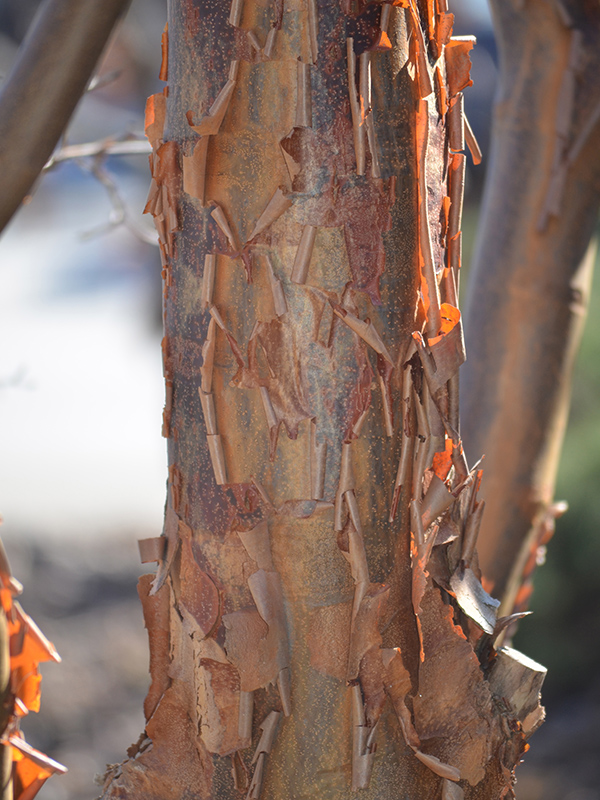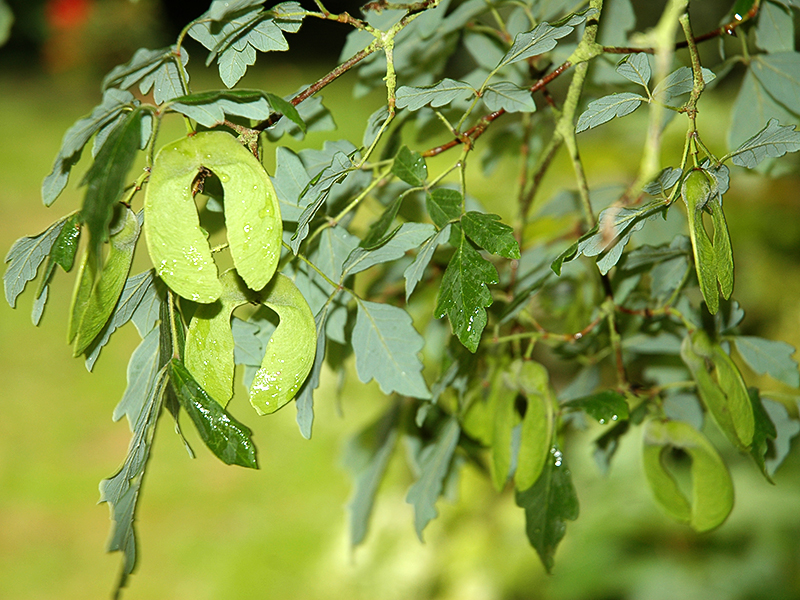| General Description | A small tree with distinct bark and deeply dissected leaves. This species has been placed on the IUCN Red List as globally threatened. |
| ID Characteristic | Exfoliating cinnamon coloured bark. |
| Shape | Small tree with a somewhat rounded crown. |
| Propagation | Occasionally from seed, but few are viable, stratify at 4°C for three months. Otherwise Michael Dirr reports some success with cuttings from seedlings. |
| Cultivation | Easy to grow in lean soils and once established requires little water, the trees in the Cuddy Garden in Strathroy have undergone a 3 month summer drought with little affect. Will also thrive in good garden soil; pest free. |
| Notable Specimens | The A.M. Cuddy Gardens, Strathroy, Ontario, Canada. The University of Western Ontario, London, Ontario, Canada. Westonbirt, The National Arboretum, Tetbury, Gloucestershire, England. |
| Habitat | Mountains and dry forest. |
| Bark/Stem Description | Outstanding, cinnamon colour with a slight sheen and exfoliating in thin sheets. |
| Flower/Leaf Bud Description | Sharply pointed and small to the point of being insignificant. |
| Leaf Description | Deeply dissected three lobed, 5 cm across and 8 cm in length. Very good autumn colour, usually red to orange but sometimes yellow. The leaves are often hairy on the underside and the petiole is dark pink. |
| Flower Description | Small, yellow-green and ornamentally insignificant. |
| Fruit Description | A slightly tomentose samara that often does not contain an embryo; they are held in small groups on the tree and persist often into the winter months. |
| Colour Description | Autumn leaf colour can be yellow to orange/red and quite attractive. |
| Texture Description | Finely textured leaf form, while the bark is medium to rough texture. |




